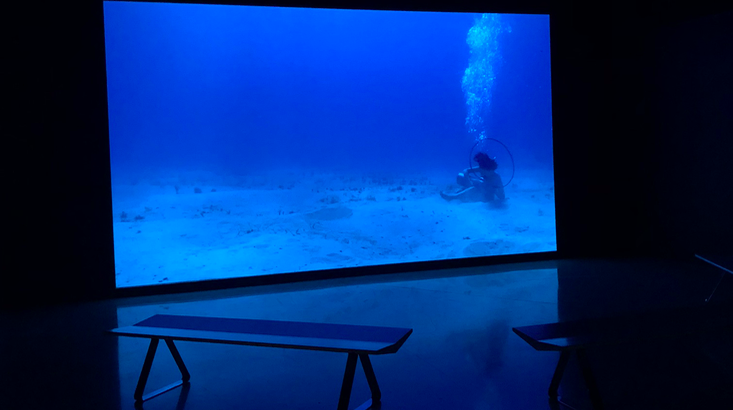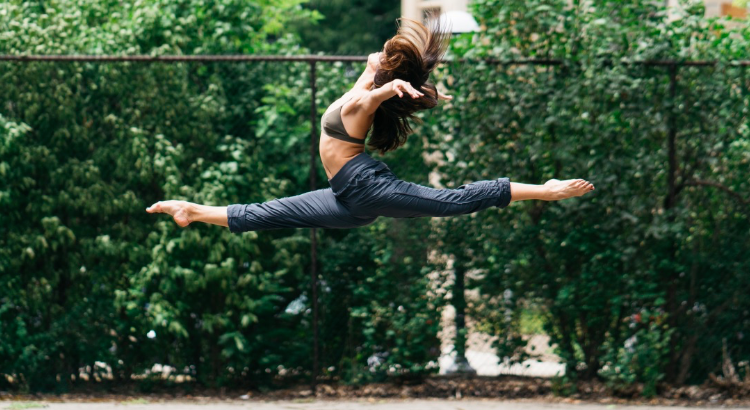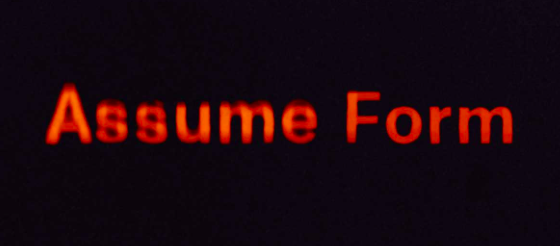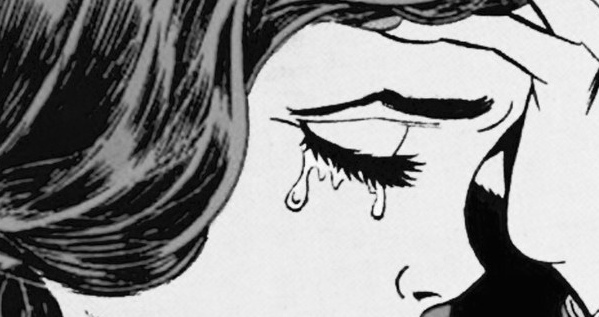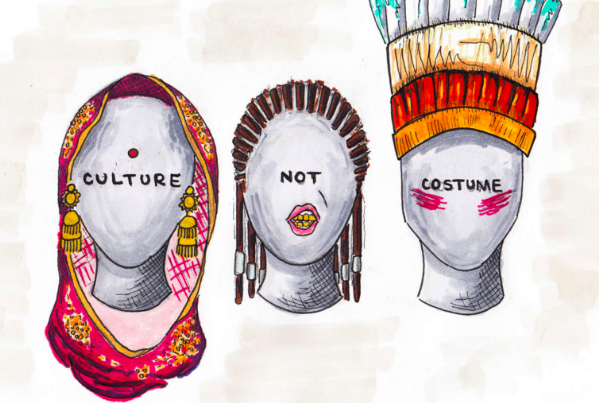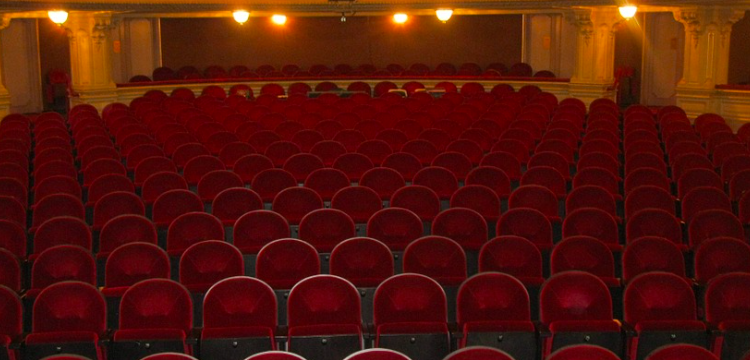The Stamps Gallery is a new arts initiative through the University of Michigan Penny W. Stamps School of Art & Design aiming to provide an accessible, ever-changing space to the community. Disclaimer: this gallery is NOT on north campus! It is smack in the middle of downtown Ann Arbor on South Division Street between Wilma’s and Bar Louie, and coupled with free admission, there is absolutely no excuse to leave the place unexplored.
This past week, an MFA thesis exhibition named Dry Socks in a Submerged Canoe highlighted the works of graduate students Masimba Hwati, Laura Magnusson, Bridget Quinn, Rowan Renee, and Mayela Rodriguez. All evocative and visceral pieces—there were great examinations of cultural intersectionality, social justice, and ephemeral natural beauty. In the corner of the room, quietly hidden, were faint lights of blue bleeding onto the wall. That’s what lured me into Blue by Laura Magnusson.
“Blue is a single channel video that locates the artist on the seafloor, arduously moving, exhaling, and burrowing through the afterlife of sexual violence. The medium of water, with its destructive potential and capacity to heal and the weight of an air tank, with its promise of survival and threat of impending emptiness, hold the fullness of traumatic experience. In this silent, psychic landscape, Magnusson bears witness to the complex nature of trauma and the ongoing process of recovery.”
I entered the dark room to be welcomed by two benches facing a seascape, which I soon realized was a short, silent film. I sat and watched the whole thing through twice. My body was paralyzed by the sheer strength that Magnusson evoked in her work. Wearing nothing but a coat, underwear, and snow boots, she braved the newfound gravity that accompanies full-submersion. She buried herself, her belongings, her experience in the seafloor—the only evidence of life was the constant flume of bubbles from her oxygen tank, surely a byproduct of breathing in a place unwelcome to doing so. As day turns to night turns to day again, Magnusson grapples with the upheaval and swelling of coming to terms, and then recovery.
There was no sound component, only silence. Much like the silence of victims of sexual abuse. Any witness to Blue was challenged to listen in other ways, observe the nuances of other sensory stimuli, and bear support and space for those who aren’t strong enough for themselves yet. Taken further, Magnusson urges the message of respecting silence. Too often, we feel the need to fill the silence: with empty conversation, with a needless hobby, with simple fidgets. In something as delicate and serious as trauma, talk is cheap. Having a voice is obviously critical in the matter, but not if its premature. We are capable of listening in other ways; listen with your eyes, listen with your hands, listen with you heart. Blue was a deepening exercise in empathy that reinforced the notions that there are other ways of communicating and healing past the verbal medium.
Here’s a MFA spotlight video on Magnusson: https://www.youtube.com/watch?time_continue=14&v=KXfkloGzh9Y
Here’s a link to current and upcoming exhibitions coming to the Stamps Gallery: https://stamps.umich.edu/exhibitions/

